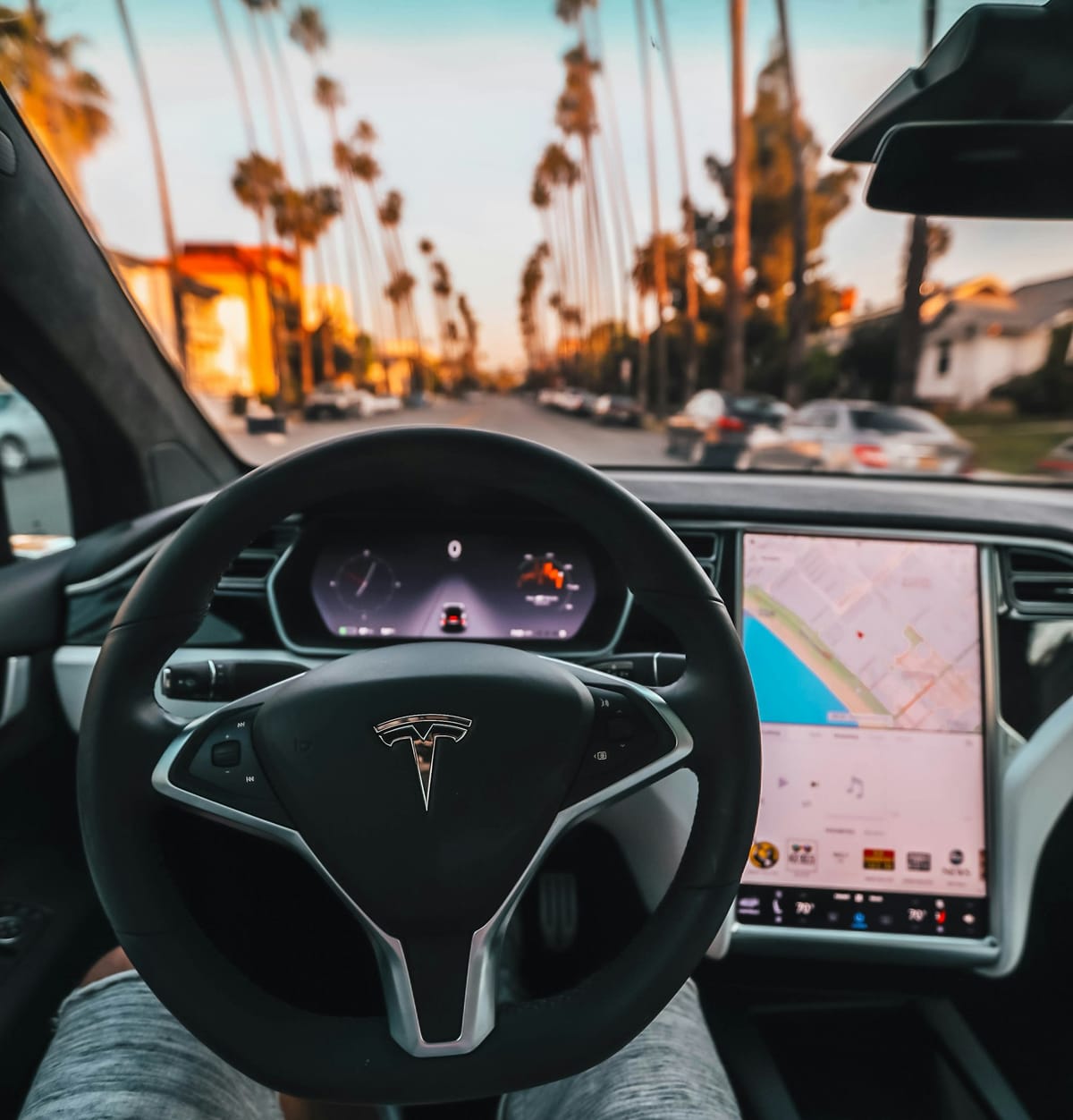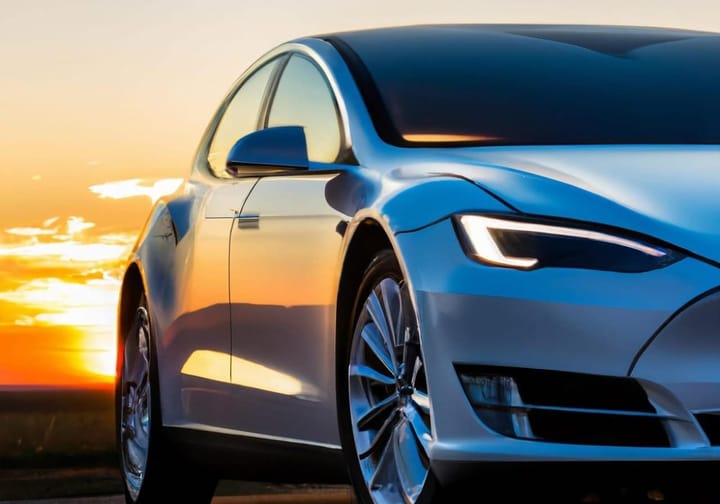Uber's Driver Micro‑Tasks Boost AV Data, While Tesla Faces FSD Lag

Uber: Data‑Annotation Infrastructure for Perception Models
Uber’s “Opportunity Center” now offers drivers short, multimodal labeling tasks (text, image, audio) during idle periods. Each task, timed at 15–45 seconds, pays $0.03–$0.07 and is routed through Segments AI’s validation layer, which blends automated confidence scoring with intermittent human review. Pilot data (five tasks) show zero verification errors, confirming that low‑complexity annotations can be reliably crowdsourced from a mobile workforce.
Quantitatively, Uber estimates 12 % of driver‑on‑road minutes are idle, translating to roughly 30 M driver‑hours per month in the United States. At an average of 30 seconds per label, this capacity could generate 450 M task‑seconds per month, equivalent to a potential $5‑$12 M monthly margin at current per‑label rates. The model aligns with IDC’s projection that the global AI‑training‑data market will expand from $3.5 B (2023) to $10 B by 2028, positioning Uber as a novel, location‑rich data source for AV perception pipelines.
Tesla FSD: Software Delivery Lag in Full‑Self‑Driving Systems
Tesla’s FSD roadmap promised a six‑month lag between hardware releases (HW3, HW4) and software capability. Empirical measurements in October 2025 reveal actual lags of 12 months for HW3 and 18 months for HW4. The delay has precipitated class‑action lawsuits in the United States, China, and Australia, with aggregate claimed damages exceeding $200 M. Recent OTA updates (FSD v14.1) introduce feature‑specific improvements (parking “Arrival Options”, emergency‑vehicle response) but remain limited to a small tester cohort and do not rectify the core limitation that HW3 cannot perform unsupervised self‑charging.
Comparative benchmarks place Tesla’s lag at 2‑3× the industry norm: Waymo typically achieves ≤ 3 months, Cruise ≤ 4 months, and Mercedes‑Benz ≤ 6 months between hardware integration and software release. This discrepancy directly fuels consumer frustration, as evidenced by social‑media sentiment analyses showing “frustrated” and “skeptical” descriptors for Tesla owners.
Side‑by‑Side Assessment of Stakeholder Impact
| Aspect | Uber AI‑Labeling Initiative | Tesla FSD Delay |
|---|---|---|
| Primary Revenue Stream | Micro‑task payouts + data‑service margin ($5‑$12 M/month forecast) | FSD package sales ($14 k per vehicle) + subscription fees ($149 AU/mo) |
| Stakeholder Sentiment | Mixed: “productive side‑hustle” vs. “digital sweatshop” | Predominantly “frustrated” and “skeptical” |
| Regulatory Exposure | Potential labor‑law scrutiny over overtime classification | Active class‑action lawsuits; consumer‑protection investigations |
| Technical Feasibility | Zero‑error pilot validates UI/UX for low‑complexity labels | Software‑hardware parity lag exceeds industry standards |
Implications for the Autonomous‑Vehicle Landscape
High‑quality labeled data is a prerequisite for perception models that underpin AV safety. Uber’s approach demonstrates a scalable method to harvest such data from a distributed gig workforce, but its long‑term viability hinges on expanding task complexity, maintaining verification rigor, and averting labor‑law challenges. Conversely, Tesla’s software delivery delays illustrate how misaligned rollout timelines erode consumer trust and invite legal risk, potentially slowing broader AV adoption.
From an industry perspective, two strategic directives emerge:
- Integrate data‑annotation pipelines with AV development cycles. Platforms that can guarantee consistent, high‑fidelity labeling—preferably with on‑device validation—will command premium pricing in the AI‑training market and accelerate perception model iteration.
- Synchronize hardware generations and software capabilities. Reducing the software‑hardware lag to ≤ 6 months, as achieved by peers, mitigates regulatory backlash, sustains subscription revenue, and preserves brand credibility in the autonomous domain.
Both cases underscore that revenue‑oriented diversification (Uber’s micro‑tasks, Tesla’s subscription model) can only succeed when operational design, data integrity, and compliance frameworks are rigorously aligned with AV performance expectations.



Comments ()